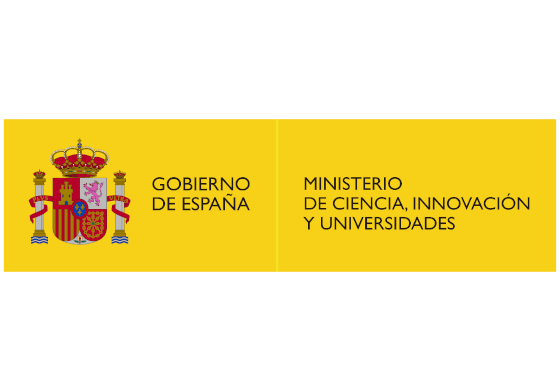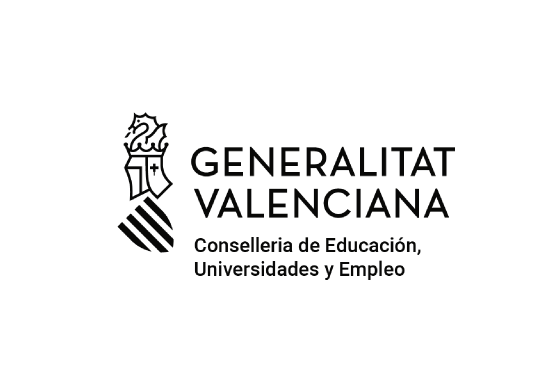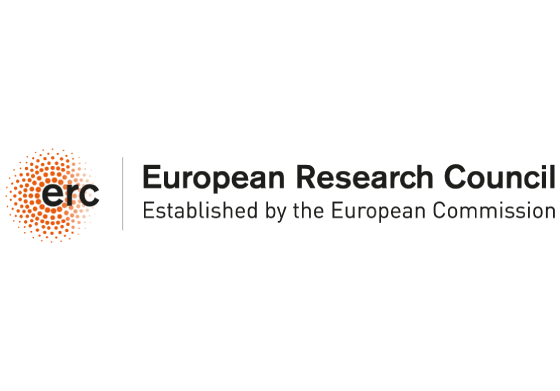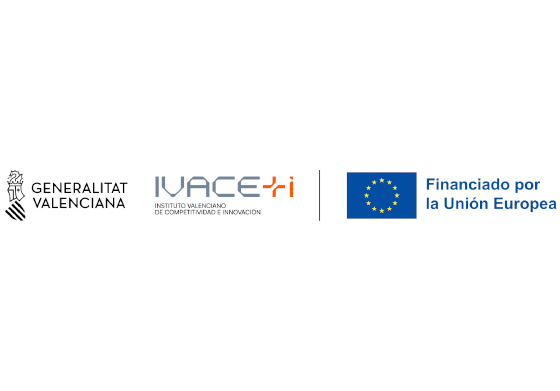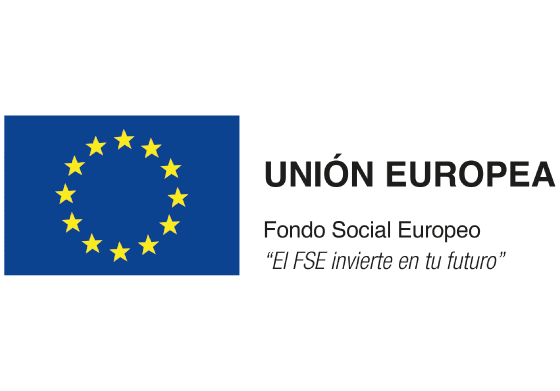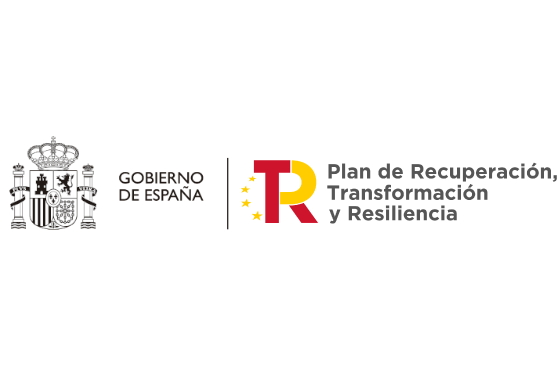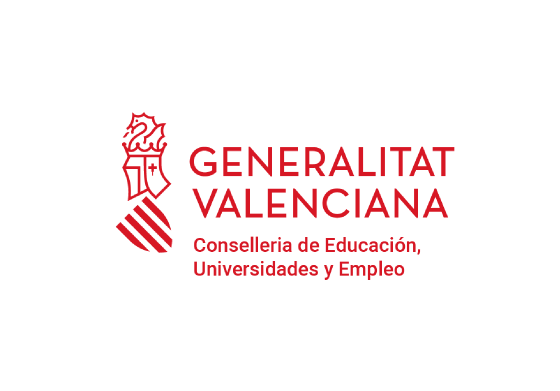Invited seminarAuthor: Prof. Bruce S. Dunn
Affiliation: Materials Science and Engineering, University California Los Angeles (UCLA)
When: Friday, June 20, 2025 - 11:00 to 13:00Where: Saló d'Actes Facultat de Ciències de la Salut
Presented by: Prof. Sixto Gimenez
Abstract:
The projected doubling of global demand for electricity by 2050 has stimulated a worldwide effort at developing sustainable energy strategies. A vital part of meeting this demand is the growth of electrochemical energy storage technologies. All evidence indicates that energy storage technologies will continue to grow, driven by expanding markets for mobile consumer electronics, the electrification of transportation and the increasing integration of renewable technologies into the energy grid. Because of its extraordinary flexibility, sol-gel chemistry has played a critical role in the development of electrochemical energy storage technologies. The sol-gel process goes well beyond the ability to simply synthesize compounds and non-crystalline solids. By controlling the chemistry of the process, there is the opportunity to produce an extraordinary range of compositions, from insulating materials to electrochemically active transition metal oxides, from solid electrolytes to high performance anodes and cathodes for next generation electrochemical systems. Moreover, one can create materials with designed architectures; from fully dense materials to high porosity, high surface area aerogels. In this lecture, we review some of the more significant contributions to the field of electrochemical energy storage which have been enabled by sol-gel chemistry. This includes current applications and future directions for battery and capacitor materials.
Biography:
Bruce Dunn is a professor of materials science and engineering holding a joint appointment in the Department of Bioengineering at UCLA. Dunn is widely known for his research on the synthesis of inorganic and hybrid materials and their applications in electrochemical energy storage devices such as batteries and capacitors. A continuing theme in his research involves the use of sol-gel methods to synthesize materials with designed microstructures and properties. His recent work on electrochemical energy storage includes three-dimensional batteries and pseudo-capacitor materials.
Among his many accolades, Dunn has received a Fulbright research fellowship, the Orton Lectureship from the American Ceramic Society, two awards from the Department of Energy for outstanding research in materials science and invited professorships in France, Japan and Singapore. He is a fellow of the Materials Research Society, the American Ceramic Society, and a member of the World Academy of Ceramics. In addition to serving on the Board of Reviewing Editors at Science, he is a member of the editorial boards of Advanced Energy Materials, Solid State Ionics, Advanced Electronic Materials and Journal of the American Ceramic Society.
An excellent teacher, Dunn has consistently supervised graduate students, visiting research scholars and served as a faculty advisor to many Ph.D. graduates.
Dunn earned both his Ph.D. and master’s degree from UCLA in ceramics and materials science, respectively. He received his bachelor’s degree in ceramic science from Rutgers University. Prior to joining UCLA Engineering, Dunn was a staff scientist at the General Electric Research and Development Center.
Distinguished Professor of Materials Science and Engineering. Nippon Sheet Glass Company Chair in Materials Science. University of California, Los Angeles, Los Angeles, California 90095-1595, USA
California NanoSystems Institute, University of California, Los Angeles, Los Angeles, California 90095, USA

